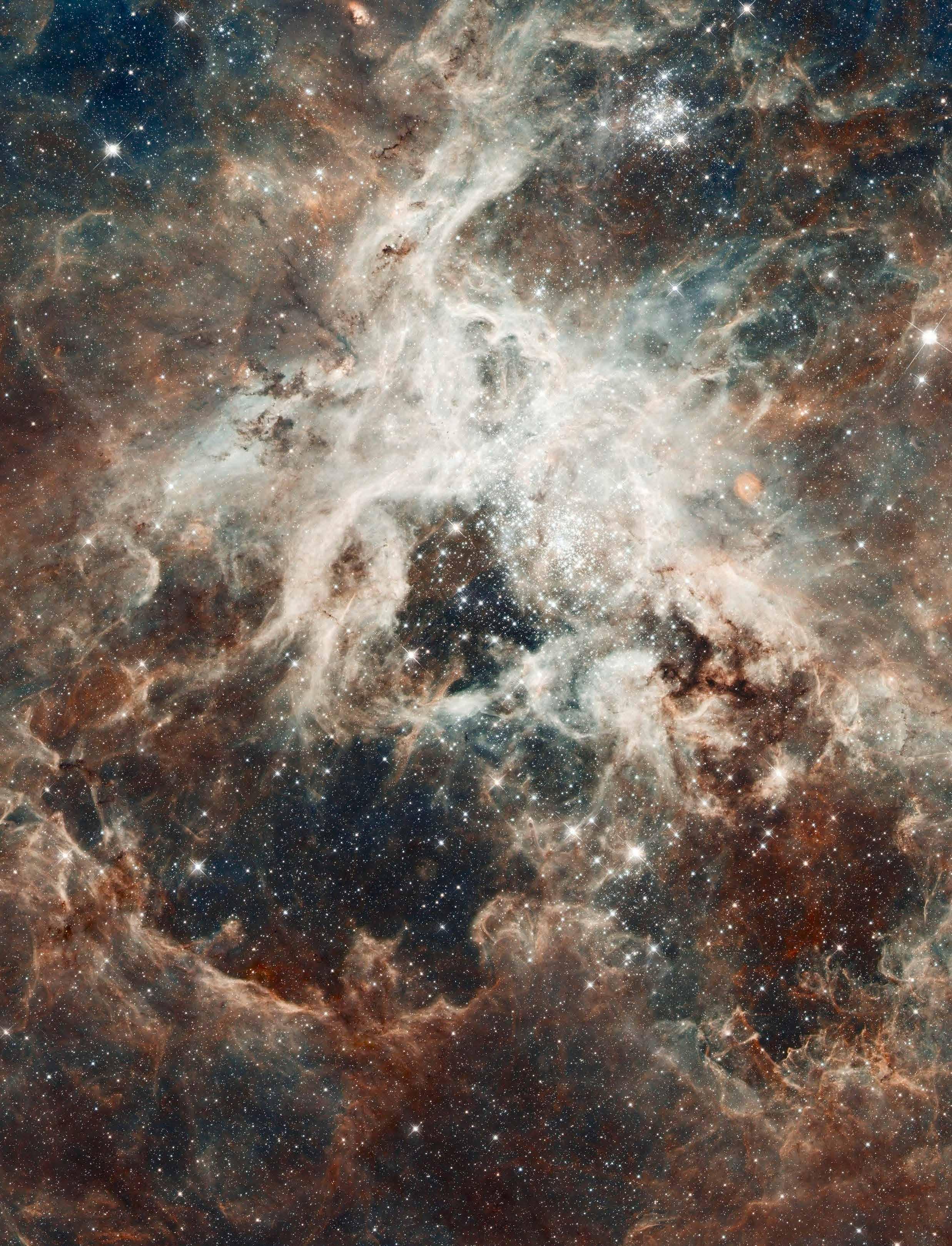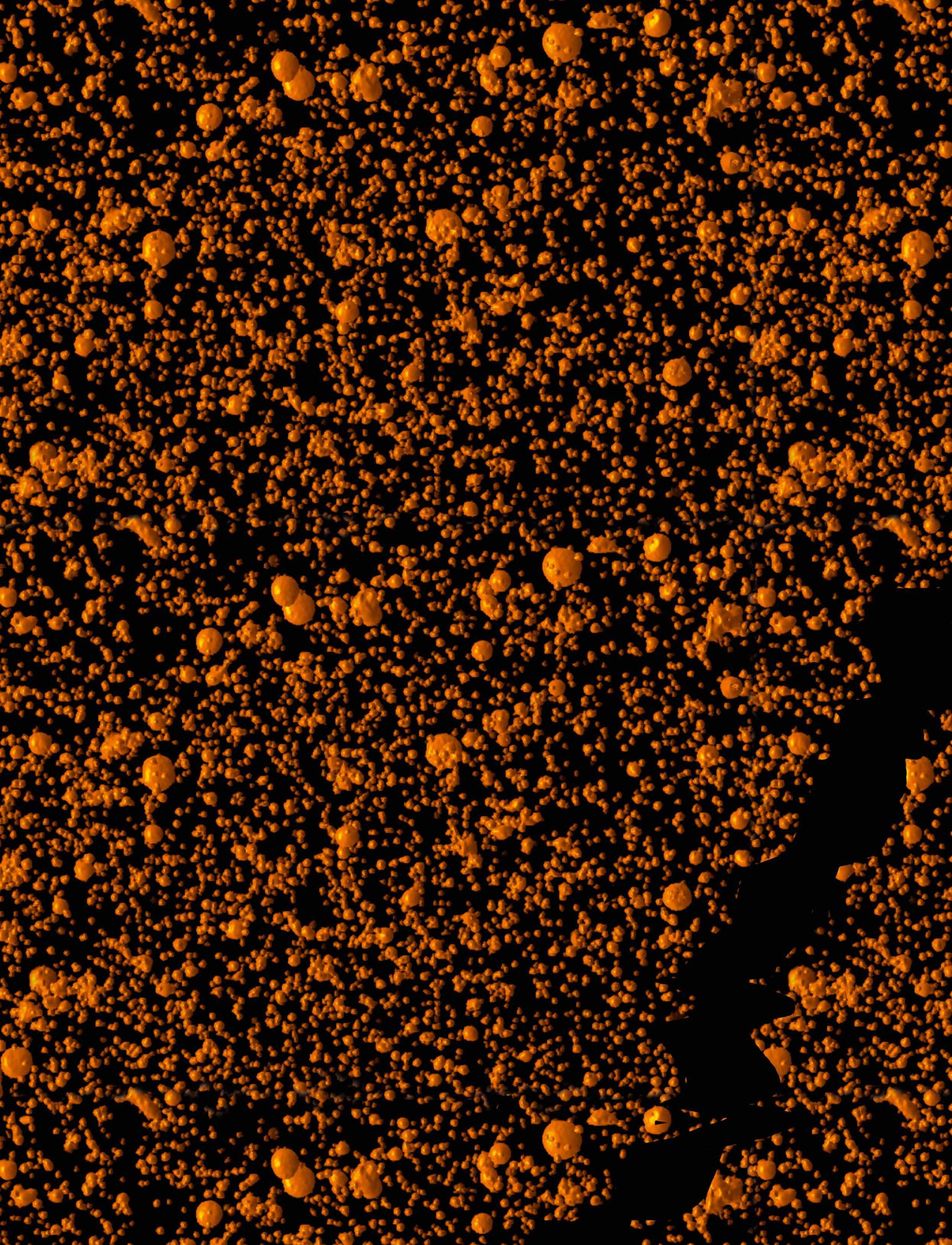Building aerogels from nanocrystal foundations
Extremely lightweight, porous aerogel structures prepared from semiconductor nanorods under UV (left), white light (middle) and daylight (right) illumination.
Colloidally synthesised nanoparticles may have interesting properties, such as photoluminescence or superparamagnetism, and interactions between them may lead to the emergence of other properties. We spoke to Professor Nadja Bigall about the work of the MAEROSTRUC project in using these nanocrystals to develop multi-component aerogels. There are several methods of producing aerogels and hydrogels, synthetic materials that are widely used in the commercial sector. While the majority of aerogels are still produced using relatively well-established methods, around 15 years ago a new approach was developed that involves the use of colloidally synthesised nanoparticles. “First you make a stable colloidal nanoparticle solution, and the colloidal nanocrystals in there may have some very interesting properties. They might be photoluminescent for example, or have superparamagnetism,” explains Nadja Bigall, Professor for Functional Nanostructures at Hannover University. “Now you have these nanoparticles with interesting properties, and you can look to gelate them, to make them into a gel.”
MAEROSTRUC project This is a topic which lies at the heart of Professor Bigall’s work in the MAEROSTRUC project, an ERC-backed initiative in which the overall aim is to make multi-component aerogels from nanocrystal building blocks. Researchers are able to develop the nanoparticles in a controlled way, which provides a solid foundation to then develop multi-component aerogels which combine the properties of their building blocks with new properties. “First we make these particles using state-of-the-art colloidal synthesis - we
64
Core-shell structured aerogel networks based on elongated semiconductor (top, middle) and spherical noble metal nanocrystals (bottom).
can achieve a high degree of precision over their shape, size and composition. Then we use these particles and look to find ways to make networks out of them,” outlines Professor Bigall. “We compare the properties of the building blocks to those of the assembled system, and investigate whether any new properties have emerged.” A number of sophisticated techniques are being used in the project to first characterise the properties of the different nanocrystals that have been developed, including absorption spectroscopy, emission spectroscopy and spectroelectrochemistry. This will enable researchers to build a deeper understanding of the optical and electronic properties of the different nanocrystals, such as how they absorb light, emit it, and how they conduct charge carriers, then new properties may emerge when they come together to form part of a bigger structure. “If the nanoparticles come close to each other, they can interact in certain ways, and this can lead to the emergence of new physico-chemical properties,” says Professor Bigall. “We want to find out how this happens through analysis of the structure-property relationship. Can we somehow conduct and control this?” The nanoparticles themselves can be designed in such a way that they have certain optical properties, which can then be tuned and modified when they are inter-linked with
EU Research






























